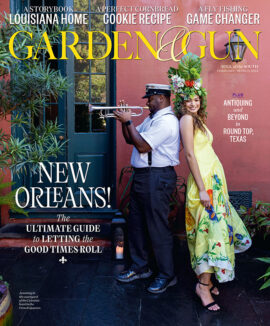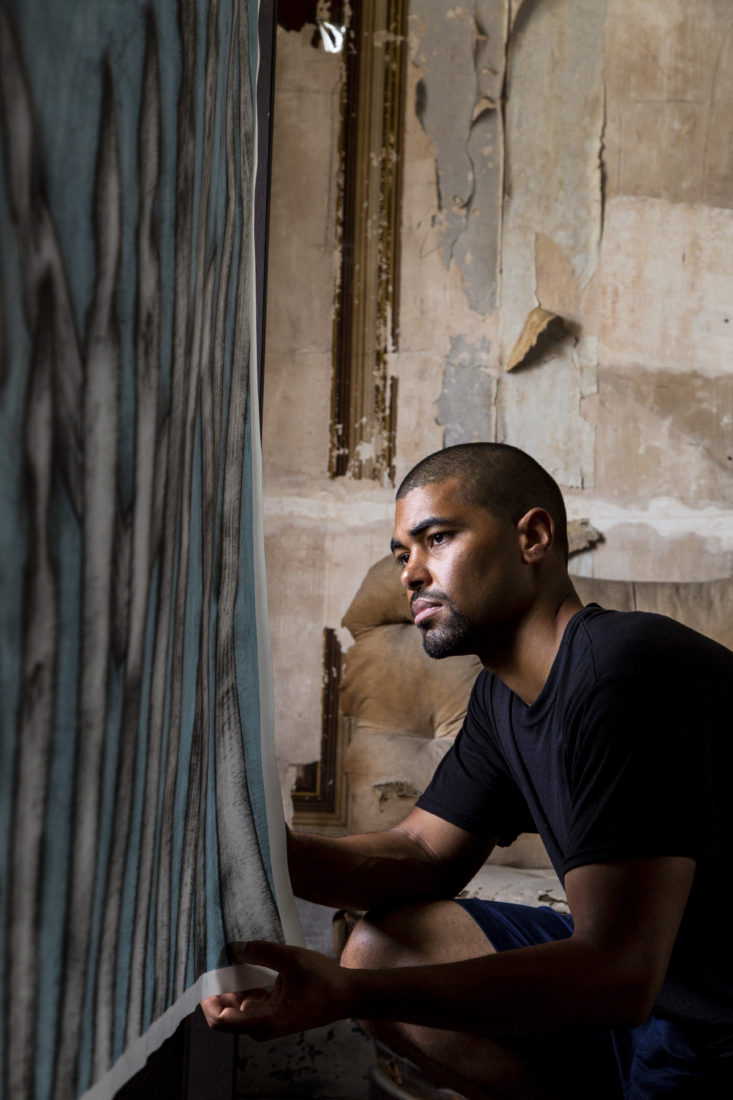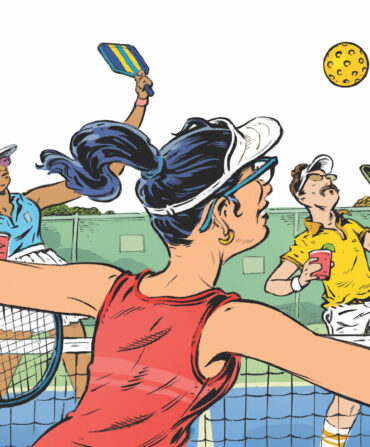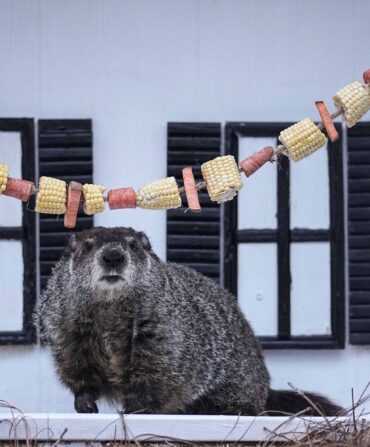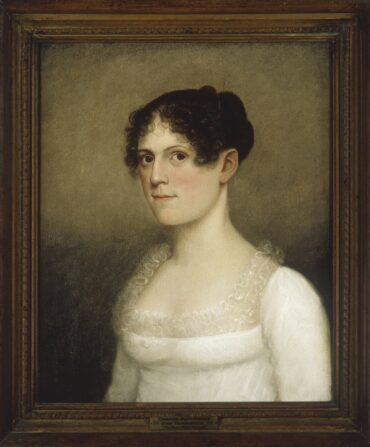Just off of Meeting Street, in downtown Charleston, South Carolina, Fletcher Williams III picks up a brick. He had planned on hauling bricks from his home, but there are enough right here, a whole pile. Williams, who is an artist, explains: “The meaning is in the materials.”
He stacks the bricks and then tucks in splays of palmetto fronds, a row of rugged rustling bouquets for just one of the installations in Promiseland, Williams’s sprawling new exhibition of sculpture and works on paper, co-curated with Kelly S. Turner. The exhibition runs June 11 to July 15 at the historic Aiken-Rhett House in Charleston.
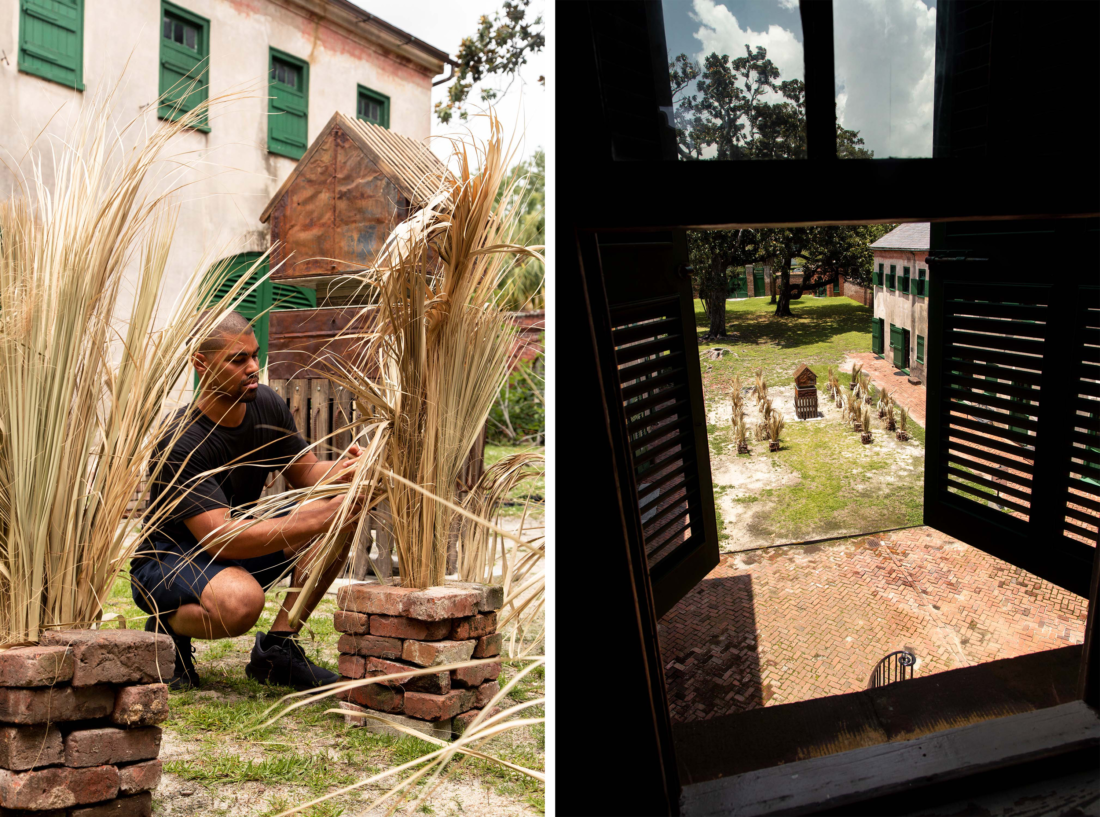
One interpretation of the project: The stories from the raw, historic setting, an antebellum Southern home once labored in by enslaved people, and Williams’s art, which frequently depicts fence pickets bending and reaching, gather in the same eerie rooms for a long-overdue talk. “I’m curious about how people see each other as insiders or outsiders,” Williams says, “and how communities view one another. The space between two worlds.”
Williams, a young artist who grew up in North Charleston, works across mediums—he paints, he sculpts, he builds. After studying at the Cooper Union for the Advancement of Science and Art in New York City, he returned and canvassed his hometown for tools and materials: He re-stacks ancient bricks first hand-formed by slaves; he weaves an entire blanket of palmetto roses to honor the Black children who have long sold them downtown; he turns weepy Spanish moss into a pigment-saturated paintbrush; he rescues rusty metal and fences from abandoned freedman’s cottages.
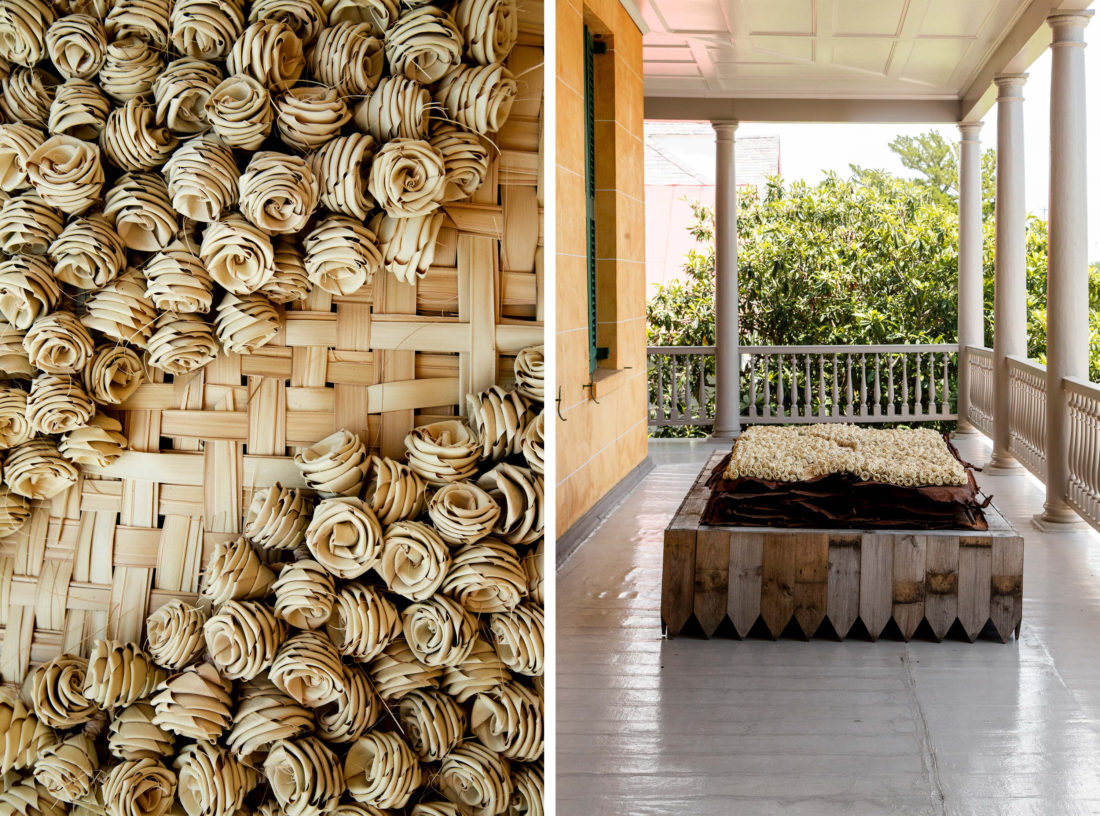
“I’ve collected wooden pickets for a while, from the side of the road in my neighborhood, and I’ve always thought of them as figures,” Williams says. “When I walked through the Aiken-Rhett, which was basically an urban plantation, I thought of a way to animate the pickets, to represent a story.” Around a winding staircase, Williams placed a trail of pickets that walk the same route an enslaved worker would have trod through the historic mansion at 48 Elizabeth Street that was once the home of South Carolina governor William Aiken, Jr. (1806–1887).
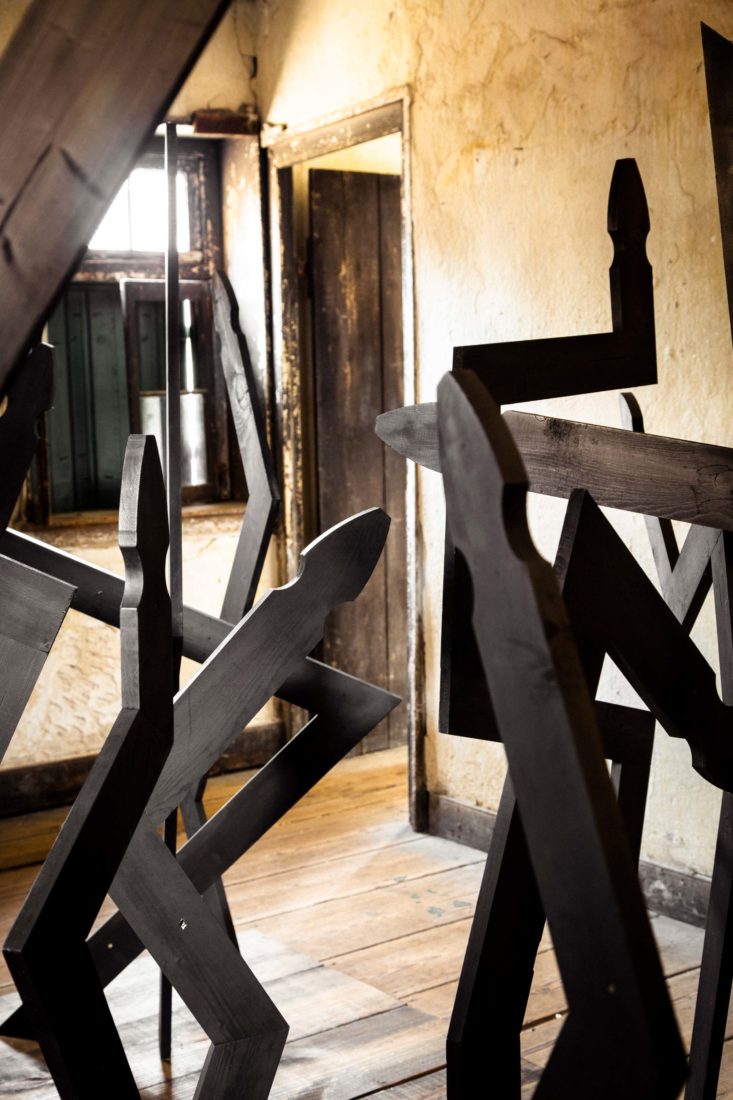
The Historic Charleston Foundation, which oversees the Aiken-Rhett, takes a preserve-as-found approach to the bright yellow townhouse and high-walled back lot. Plaster peels and floor boards creak and gilded mirrors wear a patina. Set against that fading history, Williams’s wood and brick sculptures and works on paper stand and confront.

“To see these spaces that have survived basically untouched and now disrupted by this contemporary art installation is like Fletcher’s inheritance of that history,” says Lauren Northup, the director of museums at the HCF. “He’s speaking in a very powerful way as a descendant of the very people who were held in bondage here in the eighteenth and nineteenth century, where two blocks away you can still see the scars of where people were just smashing windows over the same issues,” she says in reference to recent protests prompted by George Floyd’s death and police brutality.
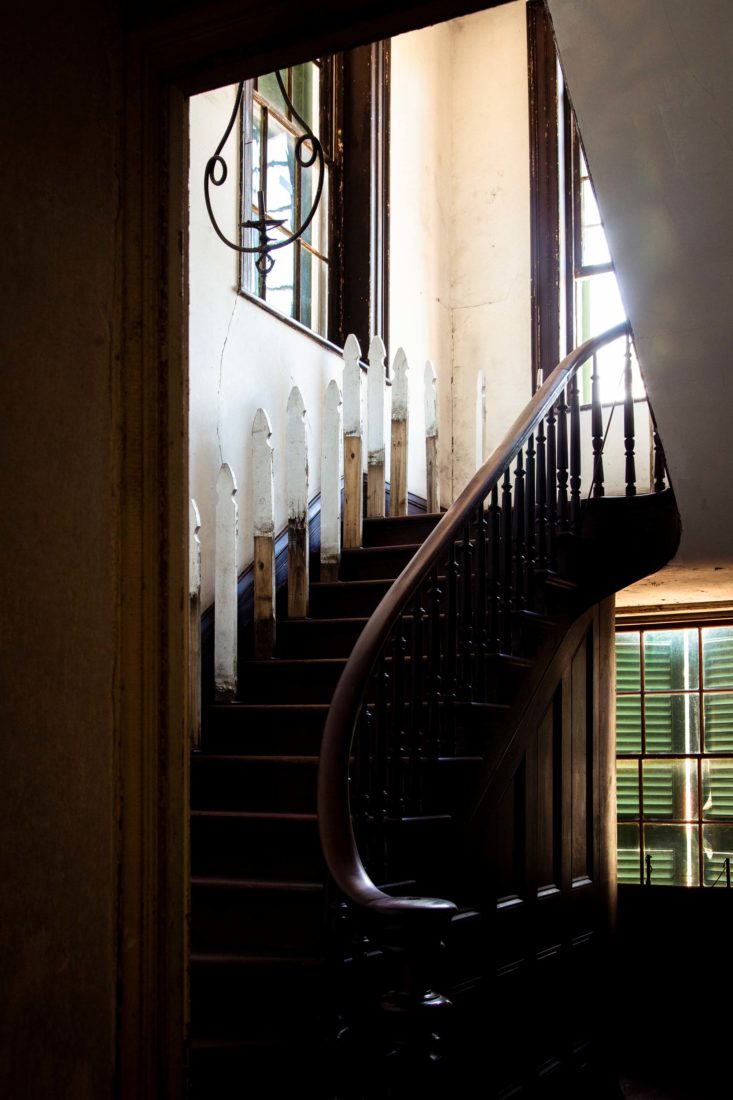
For his nine giant works on paper, Williams stenciled outlines, and then placed wooden pickets beneath them. He rubbed pigment on the papers to reveal wood grain patterns, and then added more texture and color with a handful of paint-soaked Spanish moss—notice the bright blue sky background in the culminating piece titled Eden.

“A white picket fence has always represented the idea of aspiration, of a dream,” Williams says. “But when I walk around Charleston, I see how it’s designed with gates and fences to keep people in, and to keep people out. I wonder if there’s this curiosity we have with each other. What’s beyond the fence? Are we scared to get a little too close?”
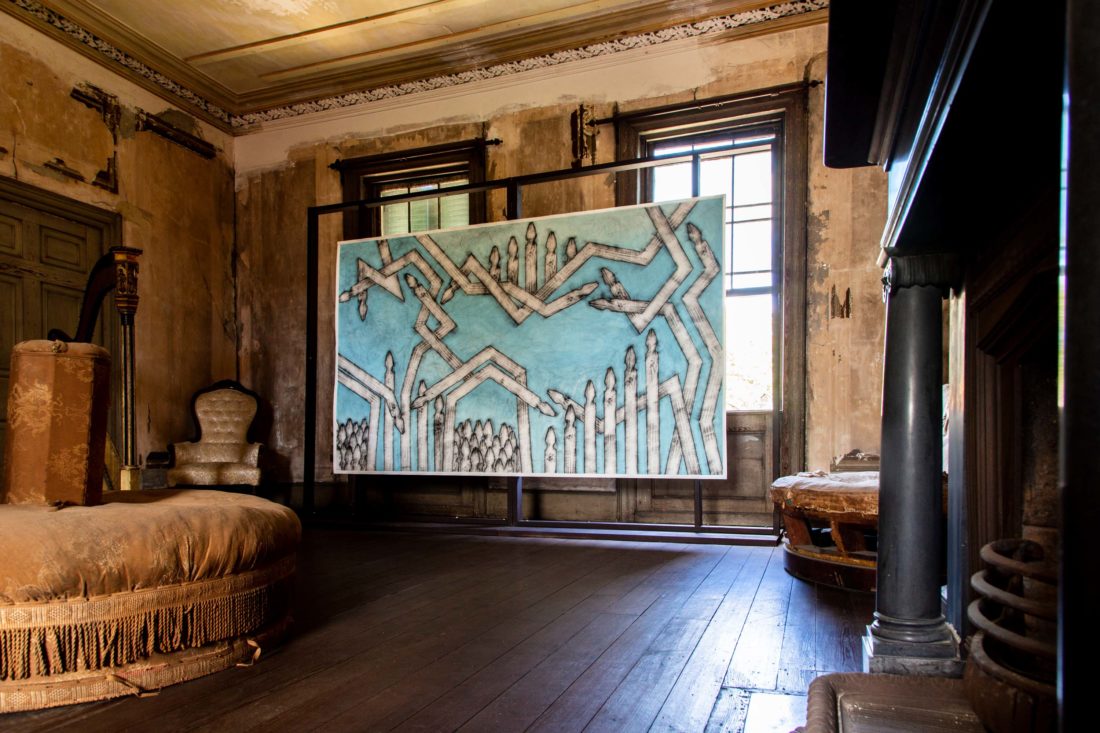
Promiseland opens June 11 and runs through July 15 at the Aiken-Rhett House, which is open from 9 a.m. to 12:30 p.m. Thursday through Sunday.

To see a collection of twelve works on paper from Williams’s Picket Fence series, visit Fieldshop by Garden & Gun. All proceeds of artwork go to the artist.

